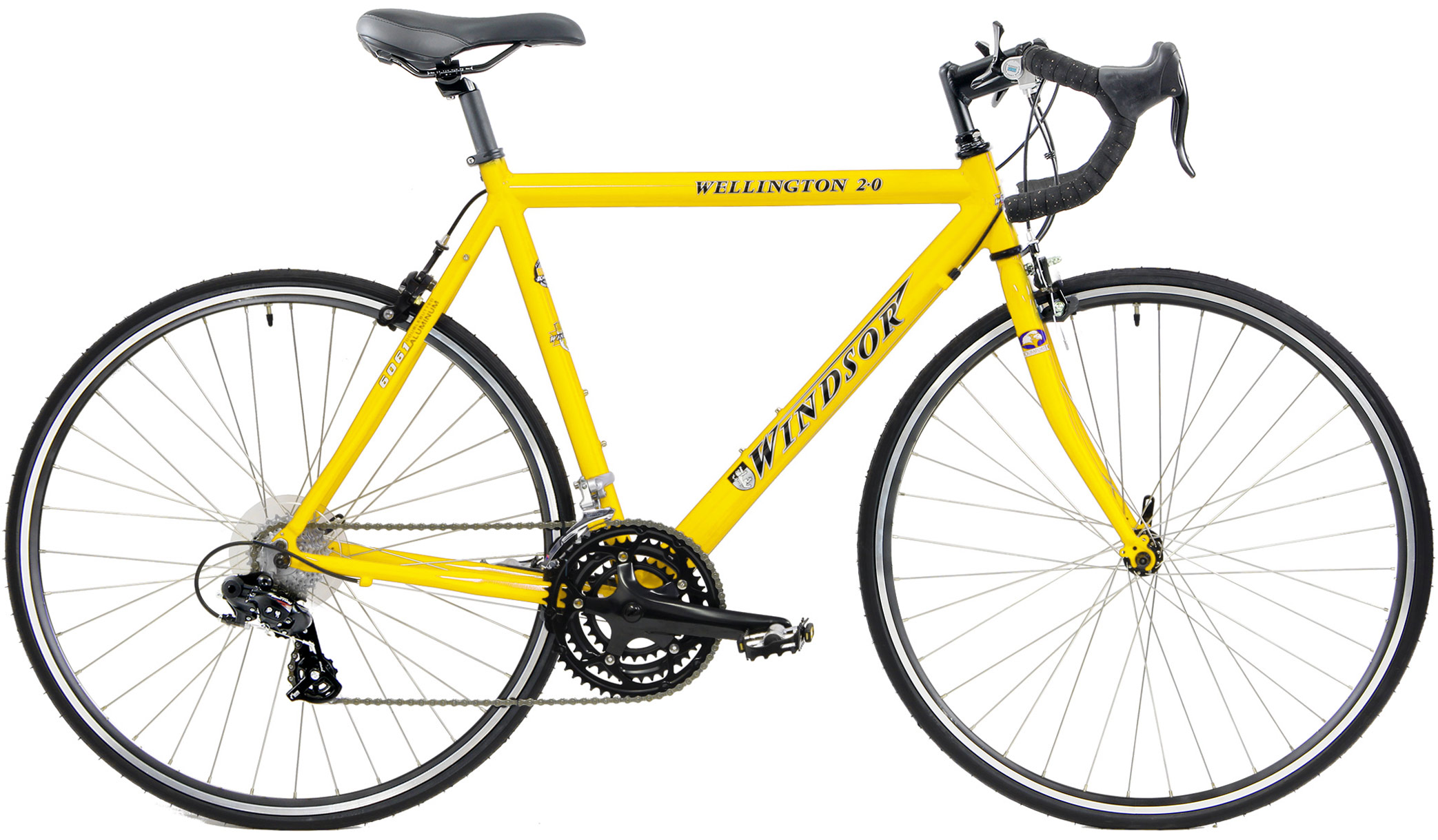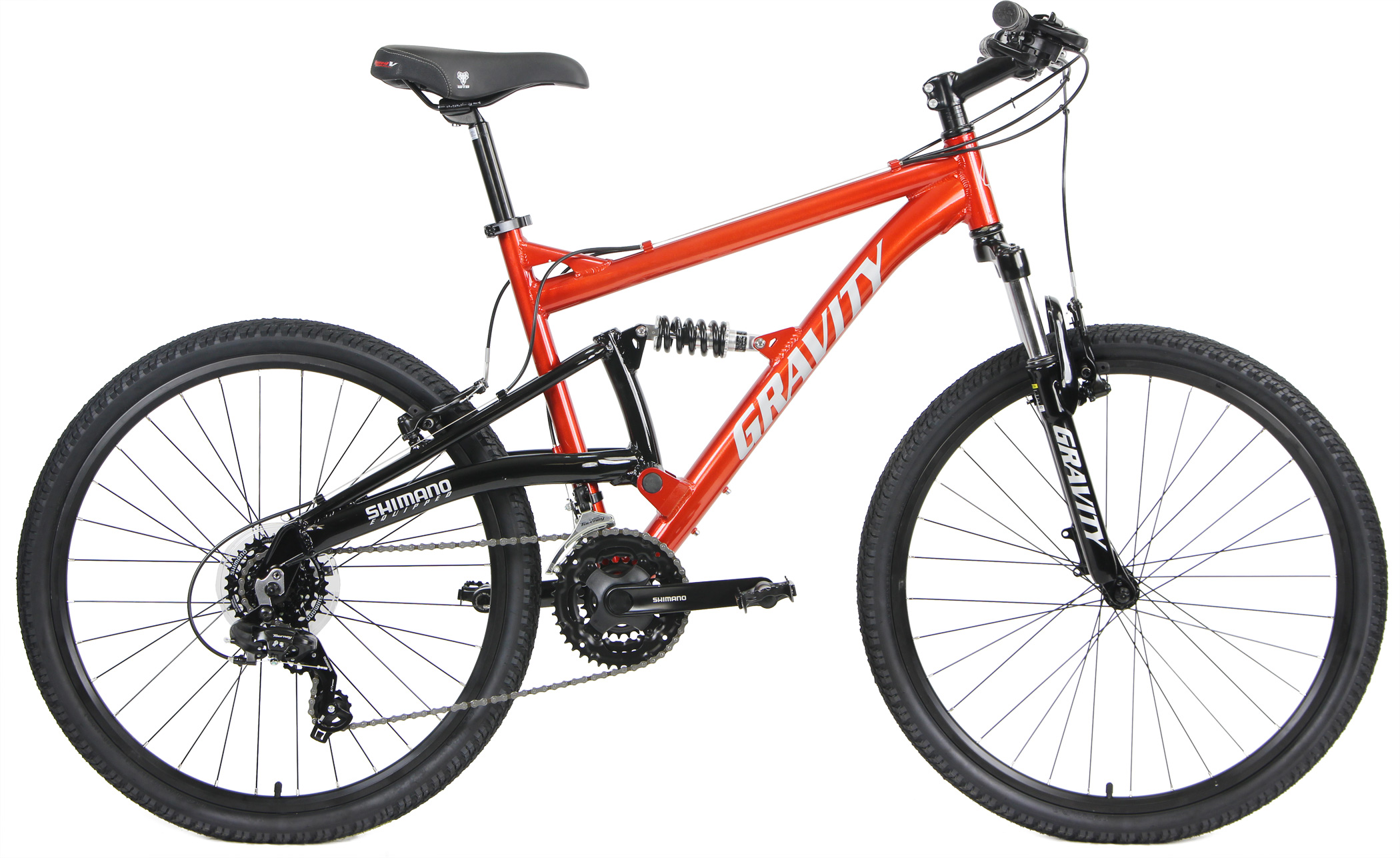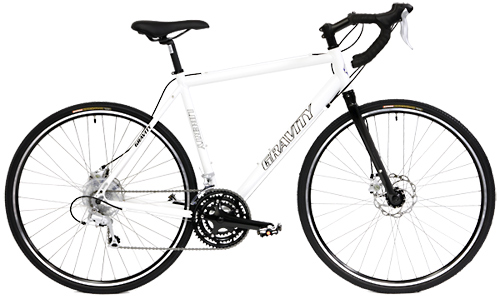When most cyclists think about upgrading their ride, they imagine a lighter frame, a new groupset, or a more comfortable saddle. Yet one of the simplest upgrades—and one of the most impactful—is often overlooked: the tires. The choice of tires shapes every pedal stroke, every turn, and every descent. The difference between a smooth, efficient ride and a sluggish, jarring one often comes down to what’s wrapped around your wheels. Understanding how to choose the best bike tires for performance is key to unlocking speed, comfort, and control across any terrain.
The Role Tires Play in Performance
Tires are the single point of contact between a bike and the ground, which means they influence rolling resistance, grip, and shock absorption. Riders often underestimate how dramatically tires can alter a bike’s feel. For example, swapping narrow slick tires for wider, more treaded ones can transform a nimble road bike into a tool for rougher roads, while switching to low-pressure, oversized rubber can turn a fat bike into a snow- or sand-crushing machine. The right tire choice is not about fashion—it’s about function.
Road Cycling: Speed Depends on Precision
For road bike enthusiasts, tire selection is all about speed and efficiency. Narrower tires, often in the 23–28mm range, reduce rolling resistance, allowing the rider to cover more ground with less effort. However, the recent trend has shifted toward slightly wider tires, such as 28–32mm. These provide better grip and comfort without dramatically sacrificing speed. Modern rims and frames now accommodate this size, giving riders the best of both worlds: speed and smoother handling.
On a road bike, smooth tread patterns are essential for minimizing friction against pavement. High-pressure inflation keeps the contact patch small, maximizing speed. Yet too much pressure can cause harsh rides and reduced traction, especially in wet conditions. The takeaway is balance—choosing tires that let you glide efficiently while still gripping enough for confident cornering.

Gravel Adventures: Tires for Versatility
If the pavement ends and adventure calls, the gravel bike demands tires built for unpredictability. Gravel riders need versatility: tires wide enough to handle loose terrain but efficient enough not to feel like an anchor on smoother roads. Typical widths range from 35–45mm, with semi-slick tread down the center for speed and knobbier edges for grip.
Tubeless setups are increasingly popular for gravel because they allow lower pressures without risking pinch flats. Lower pressure means better traction and comfort on rough ground. The gravel bike tire is the perfect example of performance being context-specific—what works on a crit circuit won’t work in the backcountry, and gravel tires bridge the gap between speed and security.

Mountain Biking: Grip Rules the Trail
On a mountain bike, tire choice directly affects confidence and control. Wider tires with aggressive tread provide the grip needed to tackle loose dirt, roots, and rocks. Downhill riders often choose widths of 2.4 inches or more, while cross-country riders might stick to 2.2 inches for lighter rolling resistance.
Mountain biking also highlights the importance of casing and sidewall protection. Trails punish tires, and flimsy rubber can leave you stranded with a puncture. Many riders opt for reinforced sidewalls or tubeless-ready designs to avoid flats. Pressure is equally critical—too much air, and the ride feels bouncy; too little, and traction suffers. Dialing in mountain bike tire pressure can mean the difference between skidding out or carving a perfect line.
Fat Bikes: The Masters of Traction
Few cycling experiences are as unique as riding a fat bike. With tires often 4–5 inches wide, fat bikes thrive on surfaces where traditional bikes fail: snow, sand, and mud. Their massive footprint allows them to “float” over unstable ground, spreading the rider’s weight and preventing sinkage.
The key to fat bike tire performance lies in pressure. Riders often run as low as 5–8 psi in soft conditions, which dramatically increases traction. However, this comes at the cost of rolling efficiency, making fat tires sluggish on pavement. Fat bike riders must carefully consider where they’ll be riding most to find the sweet spot between flotation and resistance.

Hybrid Bikes: Everyday Balance
For riders who want one bike for multiple uses, the hybrid bike offers flexibility. Hybrid tires usually fall between 32–38mm wide, with semi-slick tread that balances pavement efficiency with light gravel capability. They aren’t as fast as pure road tires or as grippy as mountain treads, but they are dependable all-rounders.
Tire choice for hybrids is about matching lifestyle. A commuter who rides mostly on city streets might lean toward narrower, smoother tires for speed. Someone using their hybrid on park trails may opt for wider, more treaded options. In every case, the hybrid tire reflects compromise, making it an approachable choice for recreational riders.
Beach Cruisers: Comfort is King
For relaxed rides by the water or around the neighborhood, nothing beats the smooth roll of a beach cruiser. These bikes often sport balloon-style tires—wide, cushy, and low-pressure. The extra air volume soaks up bumps and creates a plush ride that matches the cruiser’s laid-back spirit.
Cruiser tires aren’t built for speed or technical performance, but they excel at what they’re designed for: comfort. Their width adds stability, making them beginner-friendly, while their retro style appeals to riders who care as much about aesthetics as functionality.
Matching Tire Choice to Riding Goals
The critical question for cyclists is not “What’s the best tire?” but rather, “What’s the best tire for my riding?” The best bike tires for performance depend on the rider’s goals, terrain, and style. A competitive racer will have very different needs than a weekend beach cruiser enthusiast. Even within categories, preferences vary: some road cyclists swear by narrower high-pressure tires, while others prioritize comfort with slightly wider setups.
What unites all riders is the undeniable impact of tires. A fresh set can make an old bike feel new again, while worn or ill-suited tires can make even the best frame feel sluggish. Investing in the right tires is not an accessory choice—it’s a performance decision.
The Bottom Line: Tires Define the Ride
Cycling is full of gear debates, but few components rival tires in their influence on the riding experience. Whether you’re chasing podiums on a road bike, exploring backroads on a gravel bike, shredding singletrack on a mountain bike, floating over snow with a fat bike, commuting with a hybrid bike, or cruising the boardwalk on a beach cruiser, your tire choice is a performance-defining decision.
The next time your ride feels sluggish, uncomfortable, or less controlled than you’d like, don’t immediately think about upgrading your bike. Instead, take a closer look at what’s under you—the tires might just be the secret weapon you’ve been missing.
Ready to upgrade your ride? Explore Bikesdirect.com for the best selection of road, gravel, mountain, hybrid, fat, and cruiser bikes—because the right tires deserve the right bike.


